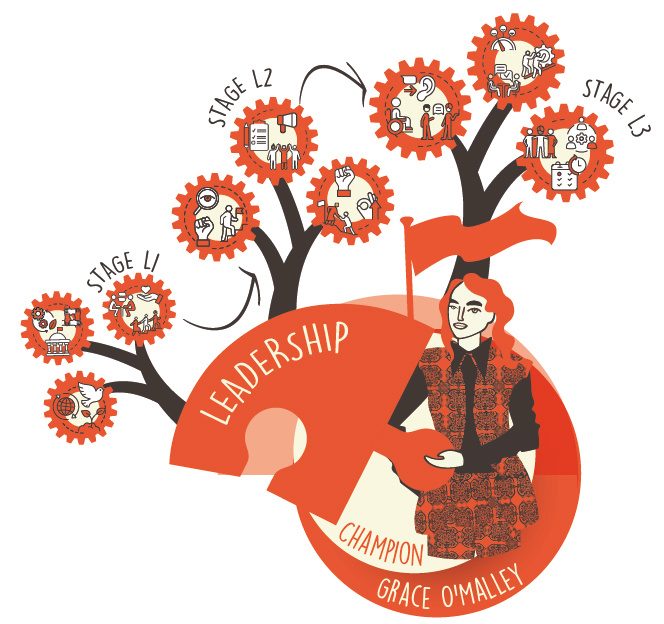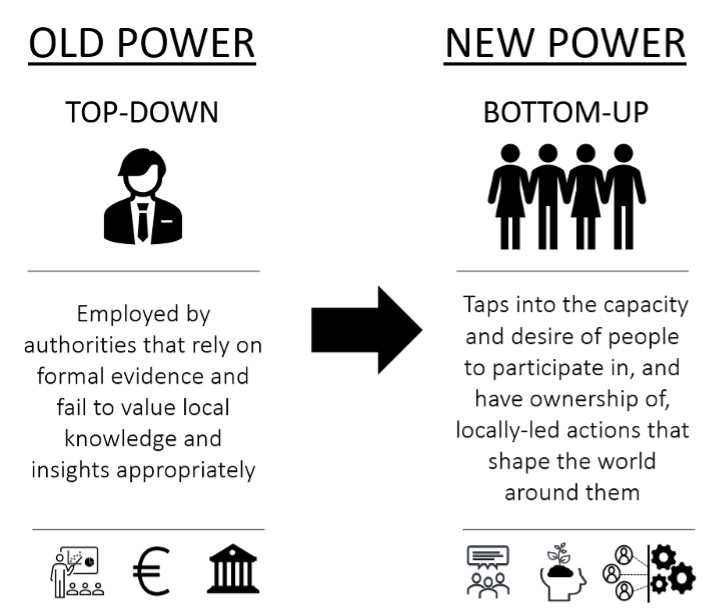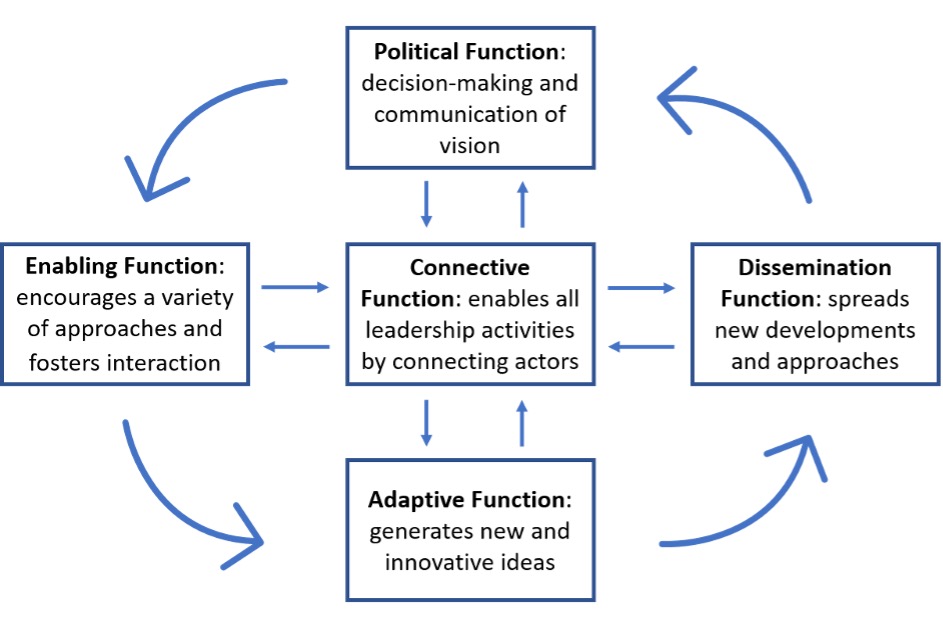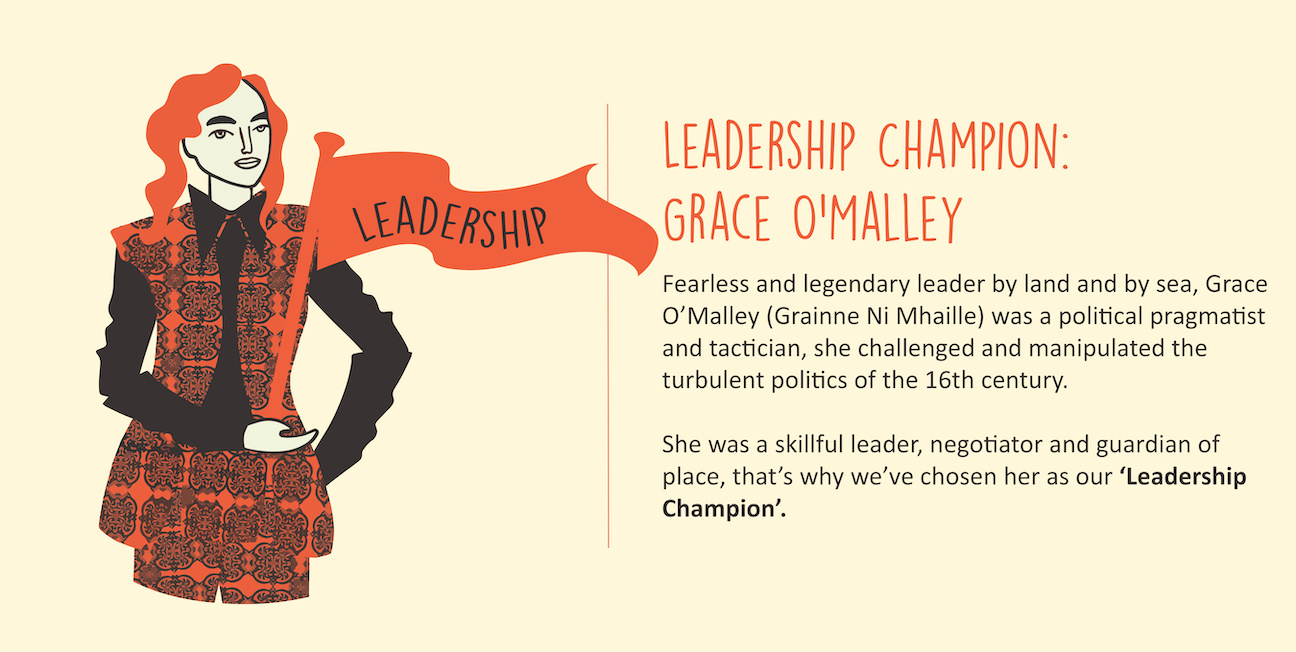

Leadership
The establishment of many adaptation partnerships is driven by visionary leadership; leadership which is innovative, imaginative, and inspires and empowers others. Over time, many different forms of leadership are required. By developing this capability, you can help to sustain and increase impact over the long term.
Key aspects include:
- Vision
The challenge of adapting to climate change needs to be well understood by partners who must have the vision, drive and determination needed to lead change. The partnership needs visionary leadership and a clear and ambitious vision and purpose to motivate and inspire involvement and action.
- Empowerment
Authentic and heartfelt leadership is needed to empower and motivate inclusive action. Adaptation should be developed with people and nature, rather than done to them and must take account of wider challenges, opportunities, and priorities.
- Influence
The partnership will need to take a strategic approach to developing influence. Techniques such as stakeholder analysis and power mapping can help to scope targeted engagement and influencing. Identifying windows of opportunity and levers of change helps to focus effort to influence change, including through policy and legal drivers.



